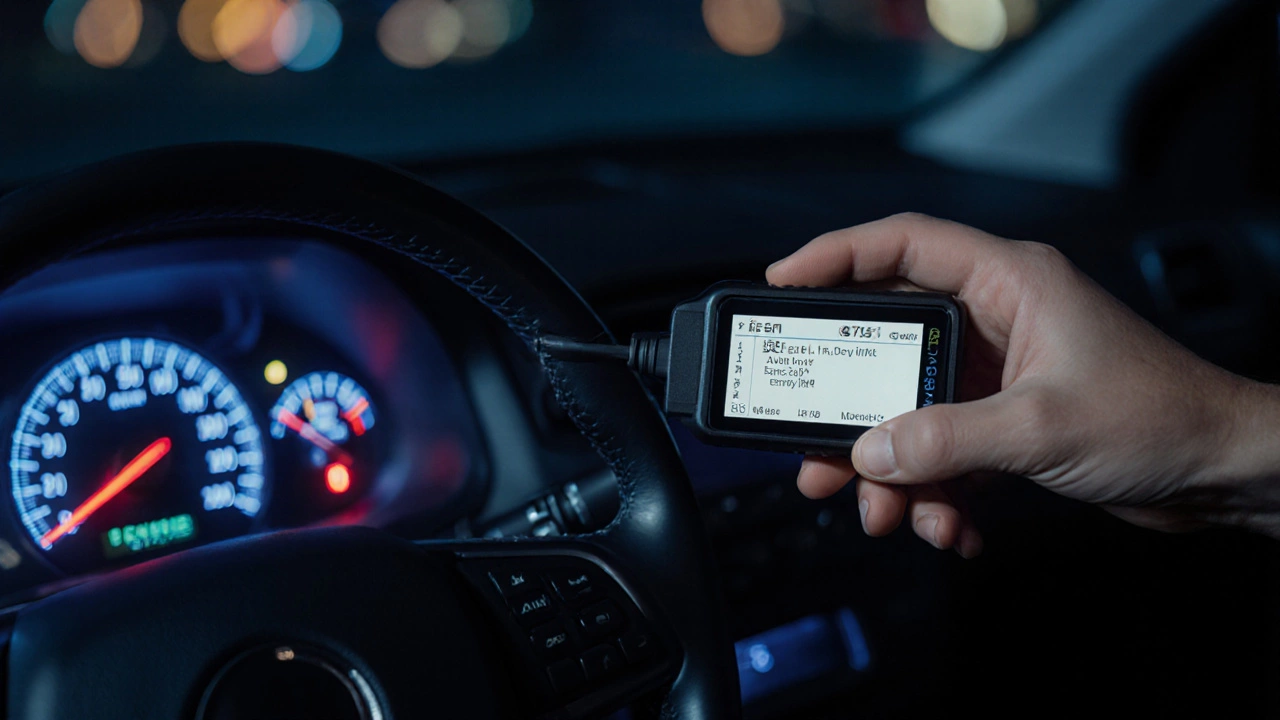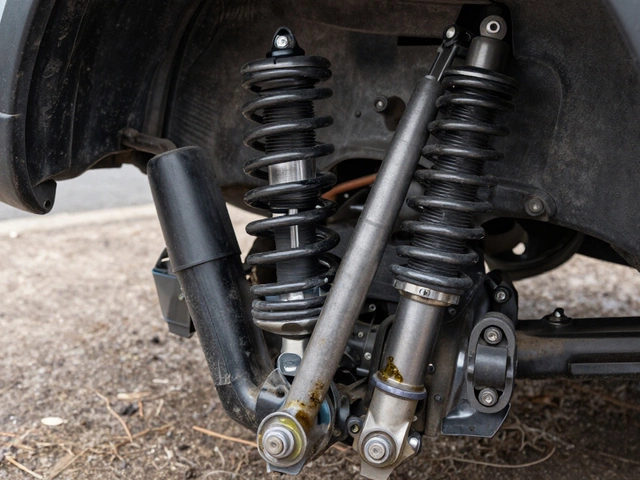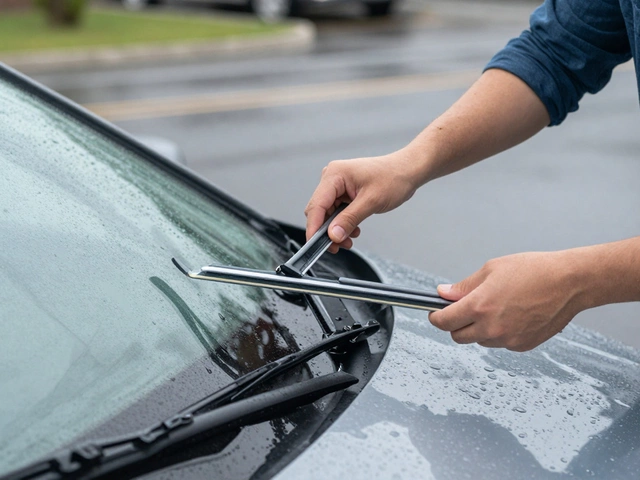OBD2 Scanner: What It Is and How It Helps Your Car
When your OBD2 scanner, a device that connects to your car’s onboard computer to read diagnostic trouble codes. Also known as car code reader, it lets you see what’s wrong without guessing or paying for a full diagnostic at the garage. Most cars made after 1996 in the UK have an OBD2 port—usually under the dashboard near the steering wheel. Plug in the scanner, turn the key, and it talks directly to your engine’s computer. No magic, no mystery—just real data.
It’s not just about the check engine light. An OBD2 scanner tells you why your car is running rough, why your fuel economy dropped, or why your emissions test failed. It reads codes like P0171 (too lean), P0420 (catalytic converter issue), or P0303 (cylinder 3 misfire). These aren’t random numbers—they’re clues. And they’re the same ones mechanics use. You don’t need to be a technician to understand them. Many scanners now come with apps that explain codes in plain English. You can find out if it’s a loose gas cap or a failing oxygen sensor before you even call a garage.
Related tools like a multimeter, a device for measuring electrical voltage, current, and resistance in car systems help you test batteries or sensors, but they can’t talk to your car’s computer. A fuel pump tester, a tool used to check if the fuel system is delivering enough pressure tells you if the pump is bad, but only an OBD2 scanner can tell you why the pump might be failing in the first place—like a clogged filter or bad sensor triggering a shutdown. And if your brakes are squealing or your suspension feels loose, an OBD2 scanner won’t fix those directly, but it might show you a related code—like a faulty wheel speed sensor—that’s causing other problems.
People think you need a mechanic to fix modern cars. But half the time, the problem is simple. A loose gas cap. A dirty air filter. A sensor that just needs resetting. With an OBD2 scanner, you can clear the code, see if it comes back, and save yourself a £100 diagnostic fee. You’ll know exactly what’s wrong before you hand over your keys. And if you’re the kind of person who checks your oil, tires, or brake pads, this is the next logical step. It turns guesswork into action.
Below, you’ll find real-world guides on how to spot failing parts—like fuel pumps, spark plugs, brake pads, and shock absorbers—that often trigger OBD2 codes. These aren’t theory. They’re fixes people actually used after reading their scanner. Whether you’re trying to avoid a breakdown, pass an MOT, or just stop paying for unnecessary repairs, this collection gives you the tools to take control.





